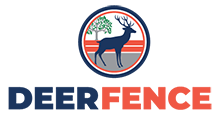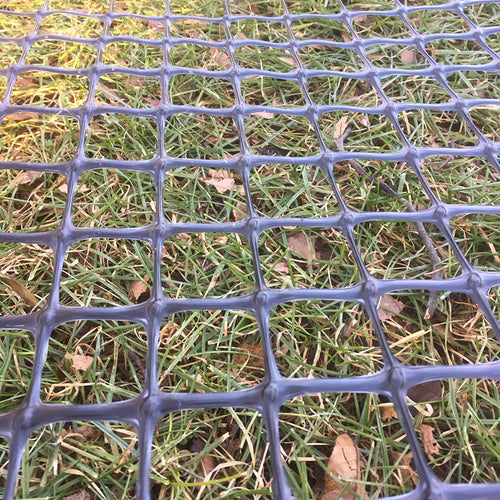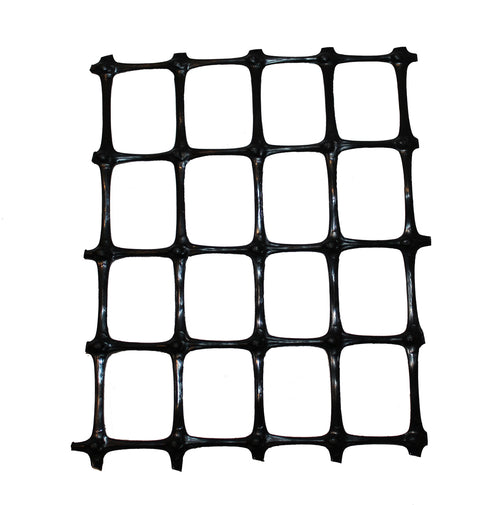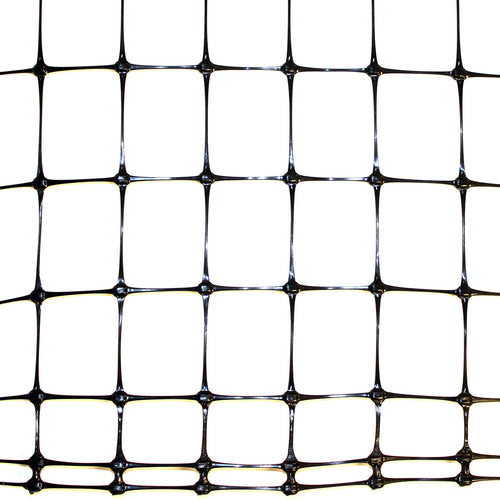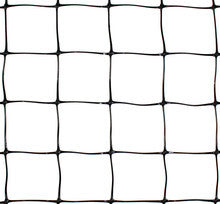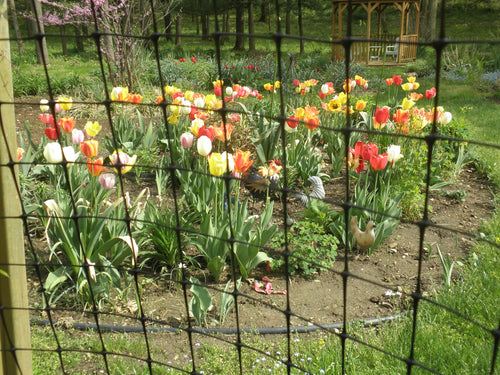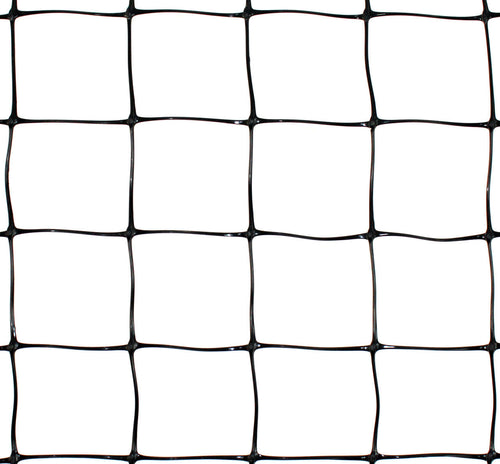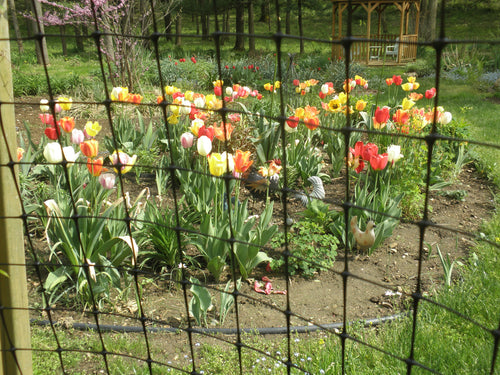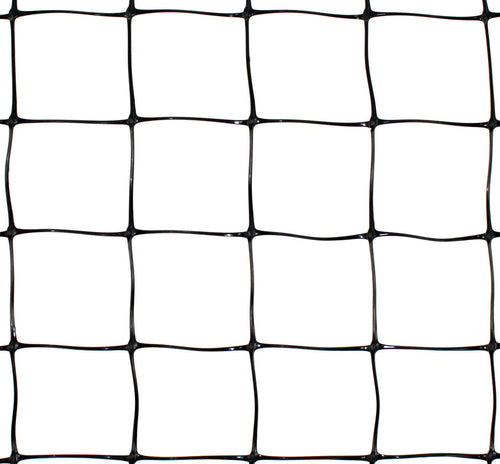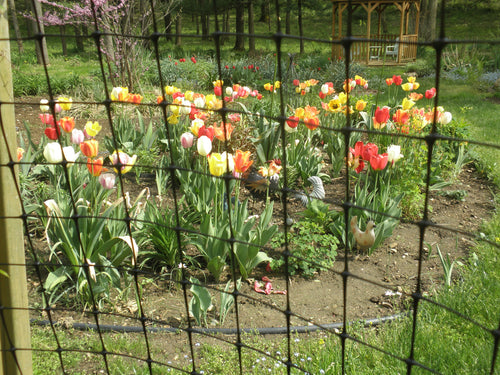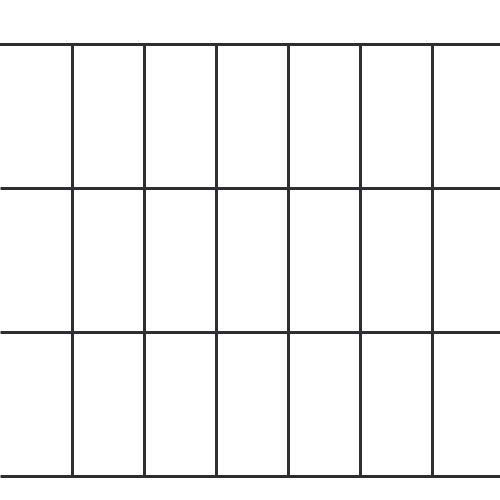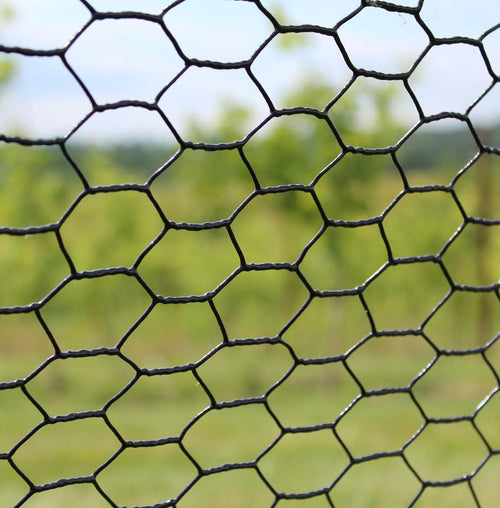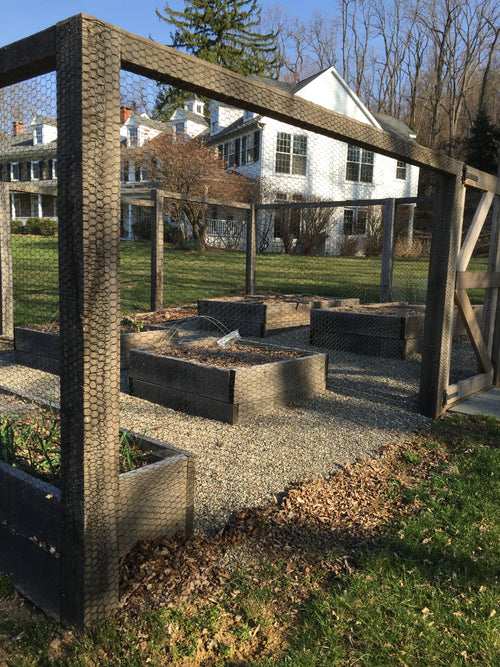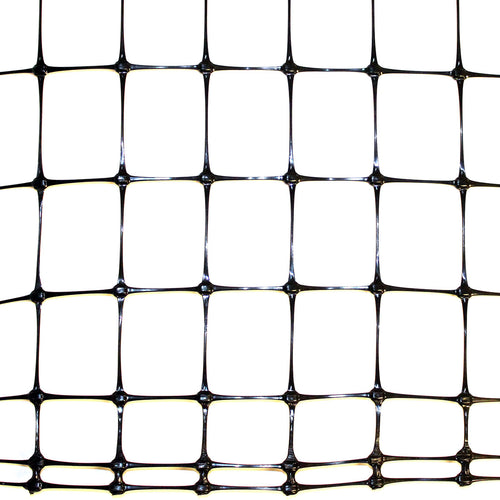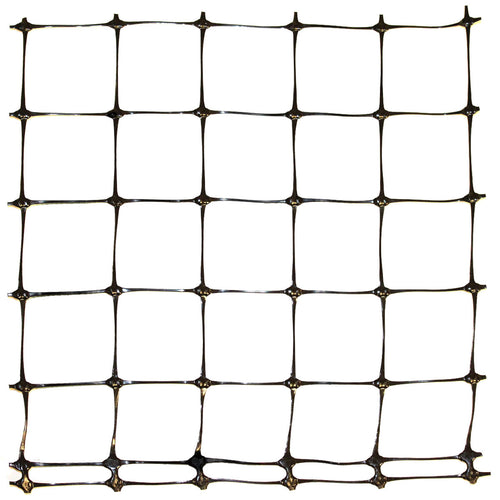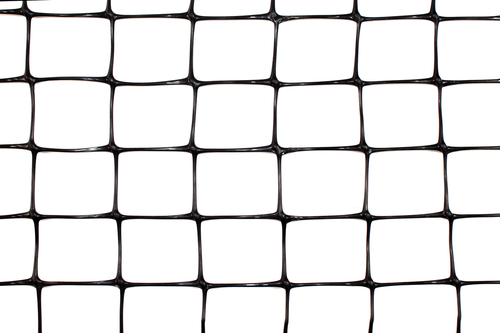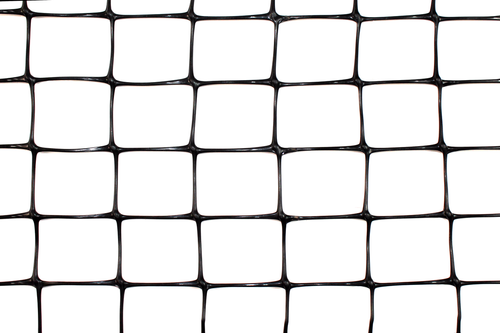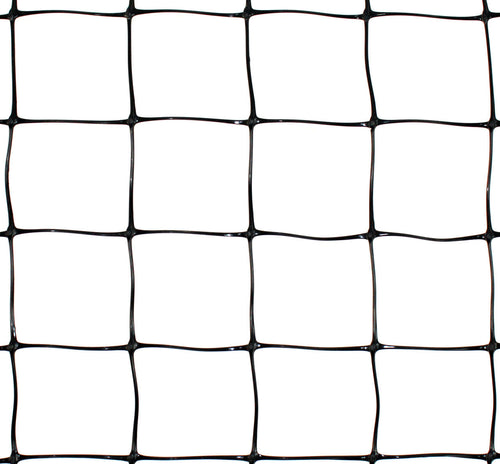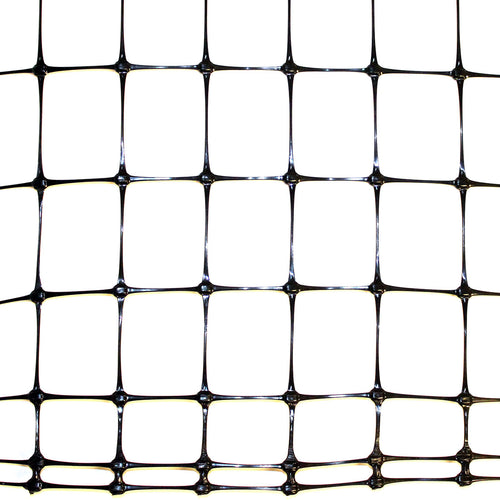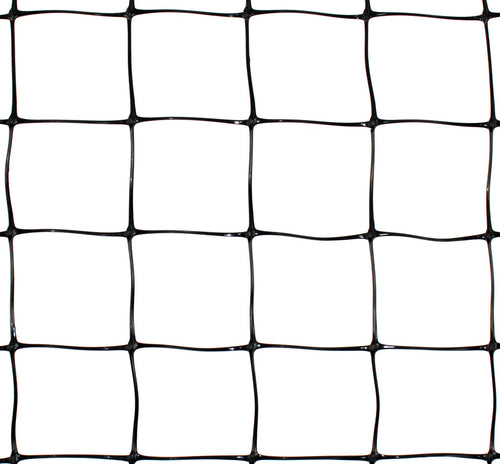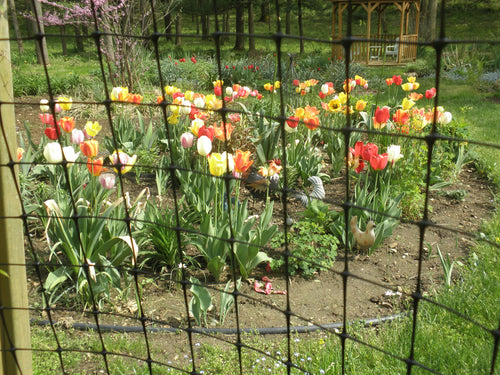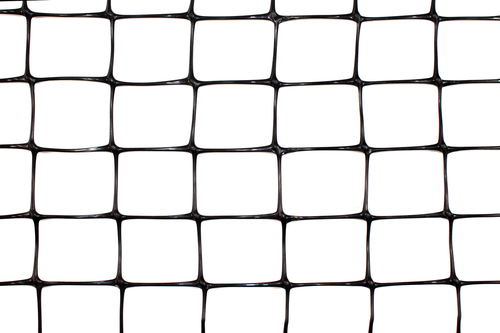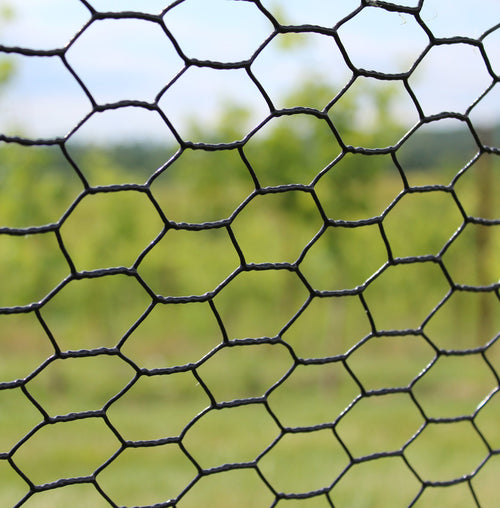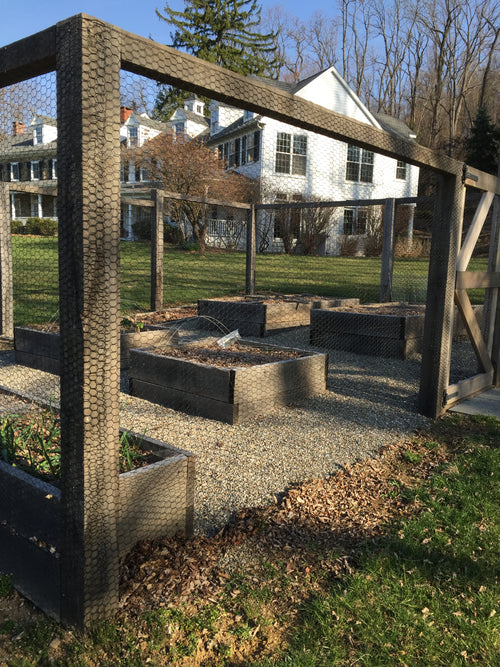White-Tailed Deer

Don't give in to those big brown doe eyes.
White-tailed deer are one of the most destructive wild animals in the animal kingdom. They account for millions of dollars in agricultural losses and are a year-round problem in the United States and Canada for homeowners.
The United States is home to over 30 million deer in North America including five deer breeds in Canada (white-tail, mule deer, caribou, moose, and wapiti). While deer sightings are most common in the warmer months of spring and summer, they continue to scout gardens for food into fall and winter seasons when natural resources are scarce.
Deer Habitat
Throughout the year, whitetails will sneak onto landscapes in the early morning and late evening hours to eat homeowners' flowers. Deer choose these times of day to eat because they usually go undetected by homeowners. In the wintertime, deer movement is during daylight hours to avoid strong wind gusts and frosty weather conditions. By spring and summer, deer are center-stage in gardens during all hours of the day.
Foods Deer Eat
Like humans, deer prefer certain foods to eat; but over all, they are not picky eaters. They will eat anything from grasses and twigs to leaves and nuts. However, if they are given a chance to devour fruits and vegetables, they will be first in-line to taste-test plants.
Deer vision in the daytime is poor at only 20/100; but they see very well at night. Because of their poor frontal vision, they rely on their senses of hearing, smelling and tasting. This is why deer will not attempt a jump over a fence if they cannot detect the height. They will first walk the perimeter of a fence; then try digging underneath the fence; and lastly jumping over the fence.
Height of Deer Fencing As far as deer fencing, they have trouble detecting the black color of the fence mesh; so, it is recommended to add deer warning flags to the middle of the fence to stop them from running into the garden fence. Deer have trouble seeing 7' feet high; and this is why the best height of a deer fence is 7.5' to 8' feet high.
As far as deer fencing, they have trouble detecting the black color of the fence mesh; so, it is recommended to add deer warning flags to the middle of the fence to stop them from running into the garden fence. Deer have trouble seeing 7' feet high; and this is why the best height of a deer fence is 7.5' to 8' feet high.
If deer are not chewers, plastic deer fencing is recommended; and if they chew and dig, it's best to build metal deer fencing.
Tick Disease
If deer eating flowers wasn't bad enough, deer are the number one carriers of ticks in the United States. While not all ticks carry Lyme Disease, they do carry other tick-borne diseases that spread to adults, children and pets. When homeowners allow deer onto landscapes, they welcome the chance for tick bites.
Stop deer damage in the garden now with deer fencing from DeerFence.com. See best fence solutions for deer management.
